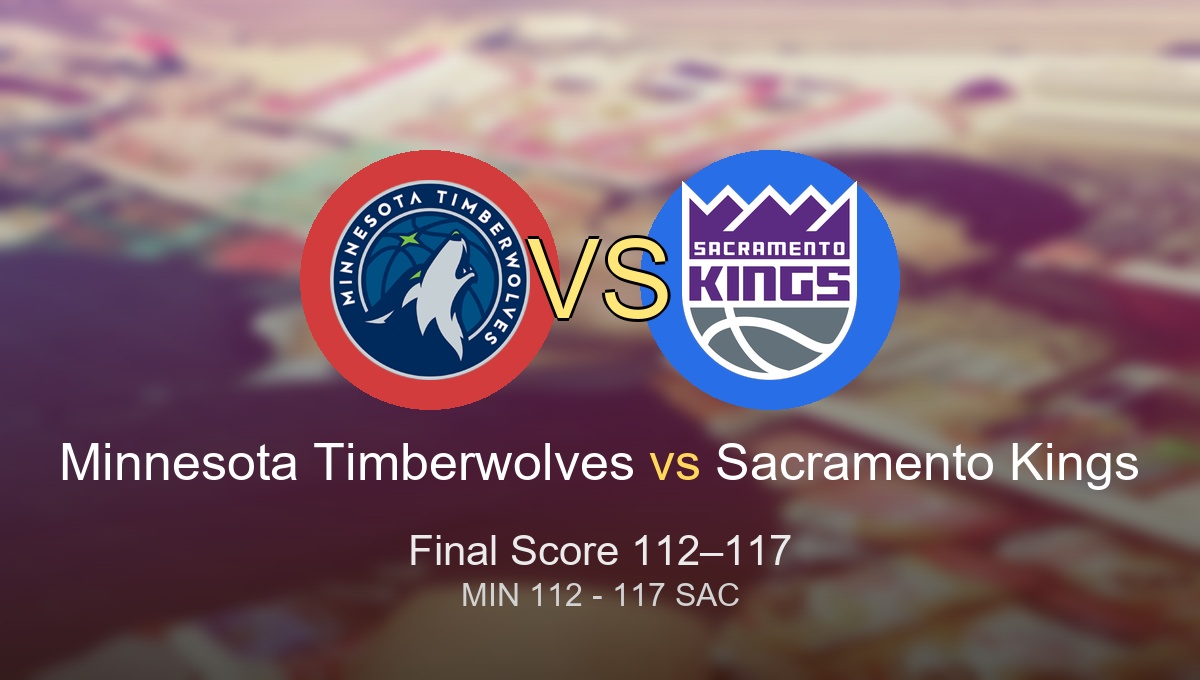
Watching the NBA’s greatest defenders work is like witnessing chess masters at hyper-speed. Defense isn’t just about preventing baskets; it’s about turning games, collecting rings, and rewriting legacies. The careers of the best NBA defensive players ever sprawl across decades, influencing dynasties from Bill Russell’s Celtics to the modern era’s versatile switch defenders.
Championships, hardware, and stats are part of the equation, but so are the stories. Iconic moments—a single block, a smothering sequence—echo through NBA history. These players didn’t just rack up steals or blocks. They made everyone else play chess at their speed.
In a league built on changes—pace, rules, playing styles—elite defense remains a universal marker of winning and respect.
Context: Why This Matters
Arguing over defense in the NBA means juggling stats, highlight reels, and those moments the numbers never quite capture. Some fans swear by the receipt of championships: “Rings or bust.” Others point to the advanced metrics, the all-time steal numbers, or defensive win shares.
But impact goes beyond trophies or tallies. The best NBA defensive players ever had to anchor or ignite historic teams. Some, like Dikembe Mutombo, became shot-blocking brands. Others, like Gary Payton, lived inside the body language of opponents, suffocating stars by sheer will.
In the barbershop or online, the arguments rarely end. Who was scarier in a Game 7: a seven-foot rim wall, or a six-foot guard living in your jersey? That’s why these rankings always spark something bigger than the box score.
Methodology
Ranking the best NBA defensive players ever means balancing eye test, historical impact, and numbers. Here’s how the order came together:
- Rings and Playoff Dominance (30%): How much did their defense drive deep runs or titles?
- Longevity and Consistency (25%): Did it last 10+ years, or was it a short prime?
- Statistical Excellence (25%): Blocks, steals, advanced metrics, all-defense selections.
- Era Impact and Innovation (20%): Changed schemes, influenced following generations.
Sources include NBA.com, Basketball-Reference, Hall of Fame records, and media consensus from outlets like ESPN.
The Moments That Changed Everything
1. Bill Russell (The Dynasty’s Shield)
Boston, 1962 Finals, Game 7. Two overtimes. Wilt Chamberlain is coming. Bill Russell skies for his 40th rebound and smothers another would-be game winner. The Celtics dynasty survives.
Russell is more myth than man—a legend built on championships (11 in 13 seasons) and a legacy of denial in the paint. There are few stat sheets from his prime, but the stories from those who played against him are enough. His defense led teams to the top floor every June.
What makes Russell the best isn’t just the rings, but the feeling—every possession, every year, he could take away your hope. No one else anchored nearly as many titles with his level of rim dominance.
“Defense is more than blocking shots,” Russell explained. “It’s altering them—changing minds as much as outcomes.”
Key facts:
– 11x NBA Champion, 5x MVP, 12x All-Star
– First true superstar rim protector
– Never averaged under 20 rebounds per game in a season
Authoritative sources: nba.com, basketball-reference.com
🧵 On X
https://x.com/search?q=Bill%20Russell%20defense&src=typed_query
2. Hakeem Olajuwon (The Dream’s Denial)
Western Conference Finals, 1994. Hakeem Olajuwon closes out a must-win game, blocking David Robinson’s shot—then racing upcourt for the basket himself.
Olajuwon is the NBA’s all-time leader in blocks, but that’s just the stat line. He was poetry on defense: timing, footwork, and the ability to guard bigs and guards alike. His battles with Patrick Ewing and Shaq were master classes.
Two rings and a Defensive Player of the Year cemented him in NBA lore. Compared to Russell, “The Dream” did his damage against a more athletic, global league.
As Rudy Tomjanovich once said: “Akeem could erase any mistake. His defense gave us the freedom to take chances.”
Key facts:
– 2x NBA Champion, 2x Finals MVP, 2x DPOY
– NBA’s all-time leader in blocked shots (3,830)
– 12x All-Defense/All-NBA
Authoritative sources: nba.com, basketball-reference.com
🧵 On X
https://x.com/search?q=Hakeem%20Olajuwon%20block&src=typed_query
3. Tim Duncan (The Quiet Wall)
2003 NBA Finals, Game 6. Tim Duncan nearly manages a quadruple-double—blocks, boards, and a calm assurance that Miami just won’t score in crunch time.
“The Big Fundamental” was never flamboyant. But over 19 seasons, Duncan anchored the Spurs’ system, switching from classic rim protection to versatile help coverage as the league evolved.
Five rings, 15 All-Defensive Teams, and the trust of Gregg Popovich. That’s all you need. Comparing Duncan to Olajuwon, you find less flash but more sustained dominance, especially as offenses changed.
“He was the best communicator, always in control,” said Tony Parker.
Key facts:
– 5x NBA Champion, 3x Finals MVP
– 15x All-Defense, most among big men tied with KG
– Career 2.2 blocks per game, just outside top 5
Authoritative sources: nba.com, basketball-reference.com
🧵 On X
https://x.com/search?q=Tim%20Duncan%20defense&src=typed_query
4. Dikembe Mutombo (Not In My House)
Eastern Conference Semifinals, 1994. Mutombo, clutching the ball after a series-winning block, collapses to the court in triumph.
Mutombo built an identity around rejection, both statistically and culturally. His signature finger wag—“no, no, no”—terrified offensive stars for 18 seasons. Four Defensive Player of the Year awards (tied for the most ever), eight All-Star nods, and a place top two in all-time blocks.
The difference between Mutombo and the centers above him? Rings. But as a solo stopper, he made every team better by his presence alone.
A fan summed it up: “Mutombo didn’t just block shots. He changed shot selection for entire franchises.”
Key facts:
– 4x DPOY (NBA record, tied)
– 3,289 career blocks (#2 all-time)
– 8x All-Star, 8x All-Defensive
Authoritative sources: nba.com, basketball-reference.com
🧵 On X
https://x.com/search?q=Mutombo%20block&src=typed_query
5. Scottie Pippen (The Ultimate Wing Stopper)
1997 NBA Finals. Scottie Pippen corners John Stockton at halfcourt, stripping the ball and setting up a Chicago fast break—one play among hundreds like it.
Pippen guarded Magic, Payton, and even big men, giving Michael Jordan the freedom to focus on scoring. Six rings and 10 All-Defensive teams put him ahead of nearly every wing in history.
While Jordan’s magic drew headlines, insiders knew: When it was time to lock down, Pippen led the charge. His length and footwork defined the modern perimeter defender.
“Scottie made the first move, and then the second,” said Phil Jackson, “before the offense ever realized it.”
Key facts:
– 6x NBA Champion, 7x All-Star
– 10x All-Defensive
– Legendary versatility: guarded 1–4 positions
Authoritative sources: nba.com, basketball-reference.com
🧵 On X
https://x.com/search?q=Scottie%20Pippen%20defense&src=typed_query
6. Gary Payton (The Glove)
1996 NBA Finals. “The Glove” frustrates Michael Jordan into one of his worst playoff shooting slumps, bringing Seattle within a hair of an epic upset.
Payton is still the only point guard to win Defensive Player of the Year. A trash-talker and in-your-shorts defender, he led the league in steals, hounded superstars, and weaponized defense into swagger.
Compared to Pippen, Payton lacked the rings, but his impact as a guard is unique. Teammates note how he “set the defensive tone from the opening tip.”
Key facts:
– 1x DPOY (only PG ever), 9x All-Defense
– Over 2,400 career steals (#4 all-time)
– Key defensive leader on 2006 title team
Authoritative sources: nba.com, basketball-reference.com
🧵 On X
https://x.com/search?q=Gary%20Payton%20defense&src=typed_query
7. Dennis Rodman (Relentless and Rebellious)
Game 2, 1996 Finals. Rodman reels in 11 offensive rebounds against Shawn Kemp, flustering the Sonics and guiding Chicago to a pivotal win.
Rodman wasn’t just a rebounding phenom—he guarded centers, forwards, even LeBron James in his late 30s. Two DPOYs and seven rebounding crowns proved his motor. Rodman embraced the dirty work, making elite defense an art of attitude and anticipation.
“I’d do anything to stop my man,” he once said. “That’s my job.”
Key facts:
– 2x DPOY, 5x NBA Champion
– 8x All-Defensive, 7x rebounding leader
– Guarded 1–5 in key playoff moments
Authoritative sources: nba.com, basketball-reference.com
🧵 On X
https://x.com/search?q=Dennis%20Rodman%20defense&src=typed_query
8. Ben Wallace (The Undersized Titan)
2004 NBA Finals, Game 5. Ben Wallace fronts Shaquille O’Neal—outmanned by size, but never in heart—and outscraps the Lakers for every crucial rebound.
Wallace is the DPOY king, tied with Mutombo at four. The only undrafted player to become a major NBA Finals MVP candidate, “Big Ben” turned the Pistons into a defensive dynasty. He led his team to a championship and six straight Eastern Conference Finals.
Comparing Wallace to Rodman is close, but Wallace did it in an era of giants, without a superstar wing beside him.
Teammates called him “the toughest defender you could ever want in your foxhole.”
Key facts:
– 4x DPOY, NBA Champion (2004)
– 1,088 career games, 10.0 RPG, 2.0 BPG career
– Only undrafted All-Star with that defensive impact
Authoritative sources: nba.com, basketball-reference.com
🧵 On X
https://x.com/search?q=Ben%20Wallace%20defense&src=typed_query
9. Kevin Garnett (The Intensity Engine)
First playoff game as a Celtic, 2008. KG swats four shots, grabs 10 boards, and shrieks encouragement—setting the tone for a title run.
“Anything is possible!” Garnett screamed, but defense was always his main currency. The 2008 DPOY transformed Boston’s culture, finishing top-15 all-time in defensive win shares. Intensity, switching onto wings, and vocal presence made him indispensable through nearly two decades.
Compared to Wallace, Garnett brought more offensive balance but a slightly less dominant single-team legacy.
Doc Rivers recalled: “KG made you want to play defense, or get out of the gym.”
Key facts:
– 1x DPOY, NBA Champion (2008)
– 12x All-Defensive, 15x All-Star
– One of only three players to win MVP & DPOY
Authoritative sources: nba.com, basketball-reference.com
🧵 On X
https://x.com/search?q=Kevin%20Garnett%20defense&src=typed_query
10. Kawhi Leonard (The Claw)
2014 NBA Finals, Game 3. Kawhi Leonard, barely 22, smothers LeBron James into turnovers and shadows him for 94 feet. The Spurs take control—and a new era of defense is born.
Leonard’s hands, instincts, and versatility earned him two DPOYs and a Finals MVP before age 28. He’s the prototype of the modern stopper, able to clamp down at any spot. Injury has slowed his totals, but in peak moments, no defender was more feared from the perimeter.
LeBron, guarded by Kawhi, once told a reporter: “Man, he’s just everywhere.”
Key facts:
– 2x DPOY, 2x NBA Champion, 2x Finals MVP
– 7x All-Defense, 6x All-NBA
– Perimeter defense: Top 10 all-time in DPOY votes
Authoritative sources: nba.com, basketball-reference.com
🧵 On X
https://x.com/search?q=Kawhi%20Leonard%20defense&src=typed_query
What Comes Next
In today’s NBA, with pace and space, young stars like Jaren Jackson Jr. and Rudy Gobert are redefining what dominance looks like at the rim and beyond. Historic lists like this don’t just chronicle legends past; they set a bar for every new prospect with wingspan and attitude.
The best NBA defensive players ever weren’t just wall-builders. They were playmakers, communicators, and the heartbeat of champions. As offensive numbers spiral, defense is becoming more specialized and collaborative. The next “best ever” might not lead in blocks or steals—but could change games with switching or by orchestrating a whole unit.
These 10 didn’t just slow scorers; they rewrote how we measure greatness. And somewhere, in every gym, the next legend is studying their tapes.



